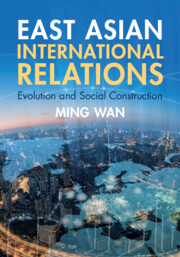References
Published online by Cambridge University Press: 28 November 2024
- Type
- Chapter
- Information
- East Asian International RelationsEvolution and Social Construction, pp. 310 - 349Publisher: Cambridge University PressPrint publication year: 2024

